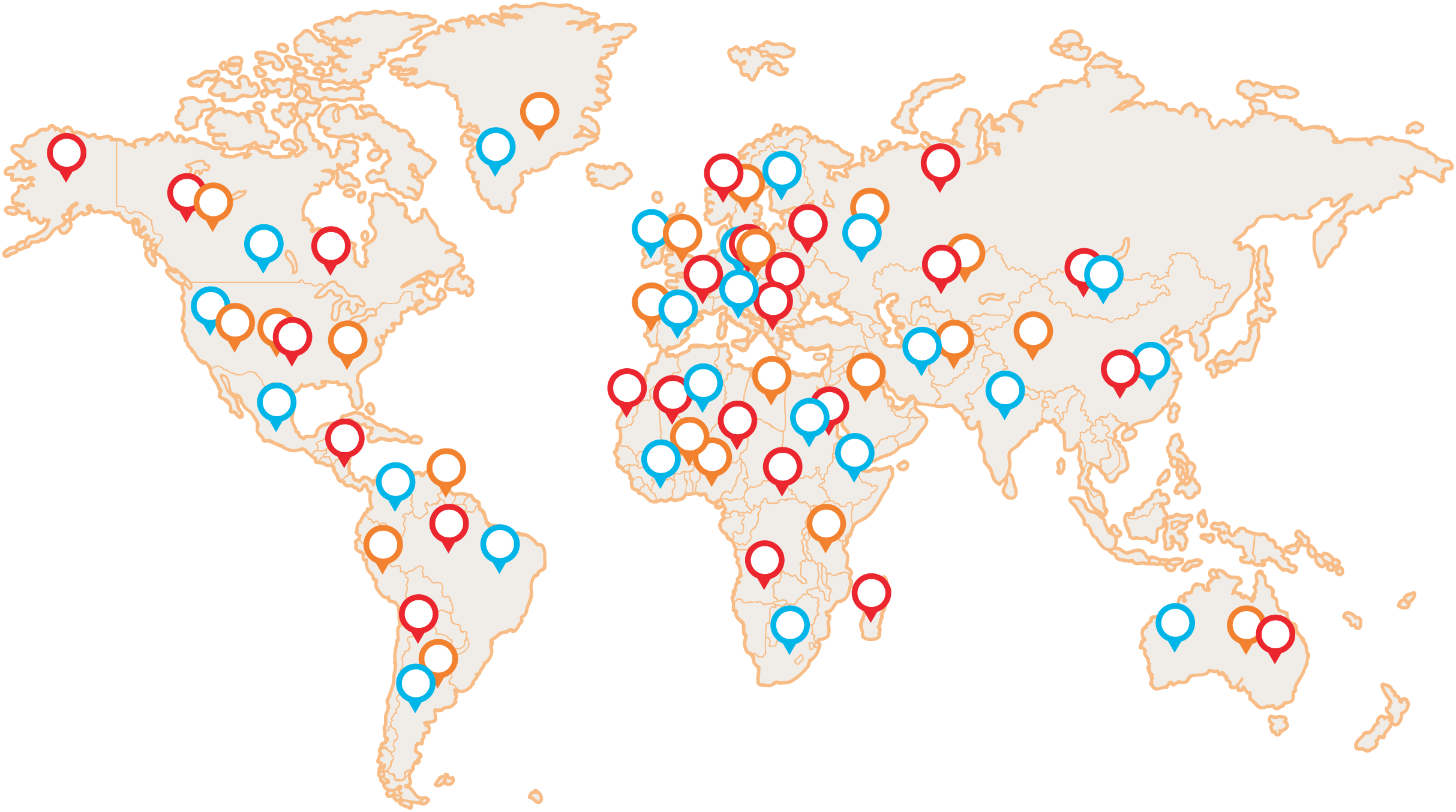Categories:Psyche, nerves, insomnia, metabolism, Heart and blood vessels, oncology, heart system, pain relief
Recipe use according to traditional Chinese medicine:
-relieves blockages in the blood vessels of the Heart
-gets the blood moving and attacks blockages in the blood
-clears pathways and connections, stops pain
-clears heat arising from stagnation
-calms the spirit of Shen
Description:
Fu Fang Dan Shen Pian is a young patent compound, recorded in the Chinese Pharmacopoeia in 2015, but immediately gained great popularity for its significant action in the field of Heart and Vascular diseases.
Clinically, it is used in China to treat coronary arteriosclerosis, angina, hyperlipidemia and Alzheimer's disease. It contains only three herbs, sage as Jun - the emperor, pawpaw as Chen - the minister, and borneol as Zuo and Shi (assistant and messenger). (In TCM, herbal preparations are structured according to the "Jun-Chen-Zuo-Shi" rule in order to properly determine their hierarchy and dosage, thus synergizing and amplifying therapeutic and minimizing side effects). A number of studies have shown that Fu Fang Dan Shen Pian has many beneficial functions, including pain relief, promoting blood circulation, improving reduced blood flow, lowering blood lipids, protecting blood vessels and myocardium, and improving Heart function (and one of them also scientifically specifies the exact mechanism of action of the blend for pain relief, published in 2019 in Nature). Recently, the herbs in this formula have also been confirmed to positively affect other diseases such as cancer and osteoporosis.
From a Chinese medicine perspective, the blend addresses stagnation in the chest caused by "blood blockages" that prevent the movement of vital substances (Qi and blood) in the chest. Fu Fang Dan Shen Pian thus optimizes the flow of blood (and not only) in the Heart and Chest area. The imperial herb, Sage, also cools the heat arising from stagnation (aided by Borneol), thereby calming the Shen spirit that resides in the Heart. Its ability to nourish the blood of the Heart also helps to further calm it. Thus, in conjunction with pavshego and borneol, it restores the flow of blood in the vessels and the conjunctivae (the network of hair cells), promoting circulation and stopping unpleasant pains arising from stagnations and blockages.
Indications:
-chest pain (often radiating to the left upper limb)
-pressure and discomfort in the chest
-palpitations
-bluish lips and nails
-cold hands
-shortness of breath
-inability to lie down
-restlessness, irritability
-insomnia
-headaches
-elevated cholesterol or TAG in the blood
Modern Uses:
-coronary arteriosclerosis
-angina
-hyperlipidemia
-Alzheimer's disease
-neuropathic pain
-cancer pain
-osteoarthritis pain
-migraines
Language:
-purplish evet. to purple (stagnation and resulting heat)
Pulse:
-according to the provoking cause
-for Yin pain
-Shi (withdrawn, full)
Contraindications:
-caution in patients taking blood thinners (e.g. Warfarin, etc.).
-mixture has anticoagulant (anti-clotting) effects
Notes:
The mixture can be used to intensify the analgesic action of other mixtures, especially in the internal organs (see list of pain-relieving mixtures), precisely because of the aromatic nature of borneol, which can disperse pathogenic factors and stagnations, especially in the chest and abdomen, but which reaches everywhere in the body, and which, together with sage and pawpaw (through its action on the vasculature), very effectively opens up the pathways and connections.
Ingredients of the recipe:
|
Adaptation
|
Chinese
|
Czech
|
Latin
|
|
|
Dan Shen
|
Redroot sage, root
|
Rad. salviae
|
|
|
San Qi
|
Ginseng, root
|
Rad. pseudoginseng
|
|
|
Bing Pian
|
borneol
|
Borneolum
|
 Vital mushrooms PRO (17)
Vital mushrooms PRO (17) MyTao Edition (14)
MyTao Edition (14) Vital Mushroom Extracts (25)
Vital Mushroom Extracts (25) Combination of mushrooms and herbs (18)
Combination of mushrooms and herbs (18) Traditional recipes (5)
Traditional recipes (5) BIO vital mushrooms powder (9)
BIO vital mushrooms powder (9) Syrups (12)
Syrups (12) Dried vital mushrooms (6)
Dried vital mushrooms (6) Honey products (5)
Honey products (5) Vitamins (4)
Vitamins (4) BIO green food (2)
BIO green food (2) Other (3)
Other (3)

